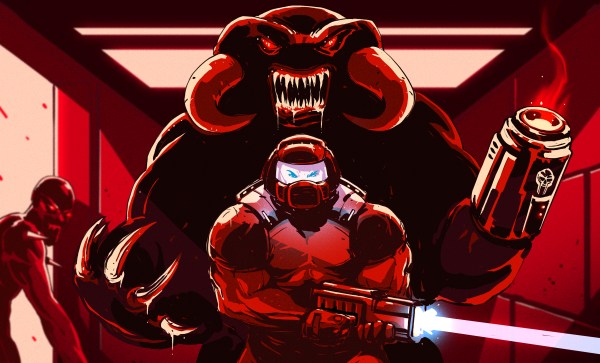Last week, we examined a Doom port for the venerable Atari ST. As is so often the way with this thing, one netted another, and [Steve] wrote in to inform us about a different version under the name DOOM8088ST.
The port is so named because it’s based on Doom8088, which was originally written for DOS machines running Intel 8088 or 286 CPUs. Both ports are the work of [FrenkelS], and aims to bring the Doom experience into the far more resource constrained environment of the Atari ST. There is only very limited sound, no saving, and it only supports Doom 1 Episode 1. Still, it’s quite recognizable as Doom!
Doom8088ST is tunable to various levels of performance, depending on what you’re running it on. Low mode (30 x 128) is suitable for stock Atari ST machines running at 8 MHz. It’s described as having “excellent” framerate and is very playable. If you’ve got an upgraded ST or Mega STe, you can try Medium (60 x 128), which has greatly improved visuals but is a lot heavier to run.
Files are on Github for those interested to run or tinker with the code. Don’t forget to check out the other port we featured last week, either, in the form of STDOOM. Video after the break.


















